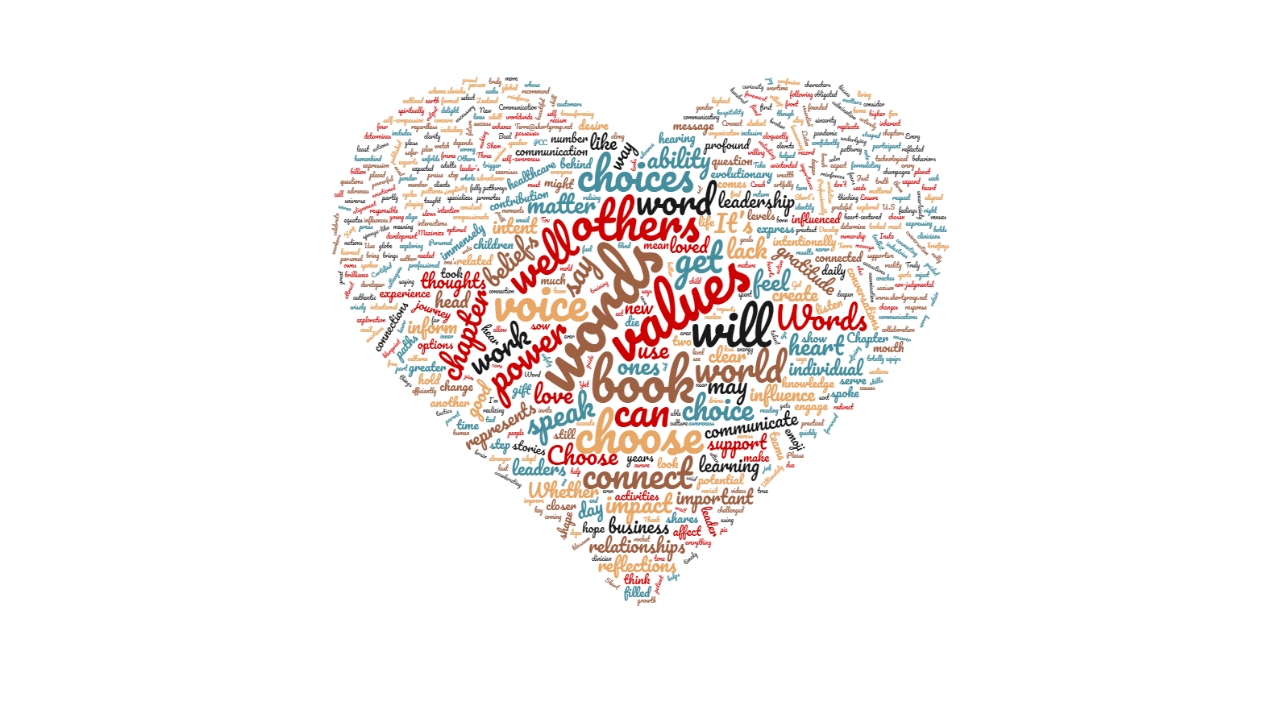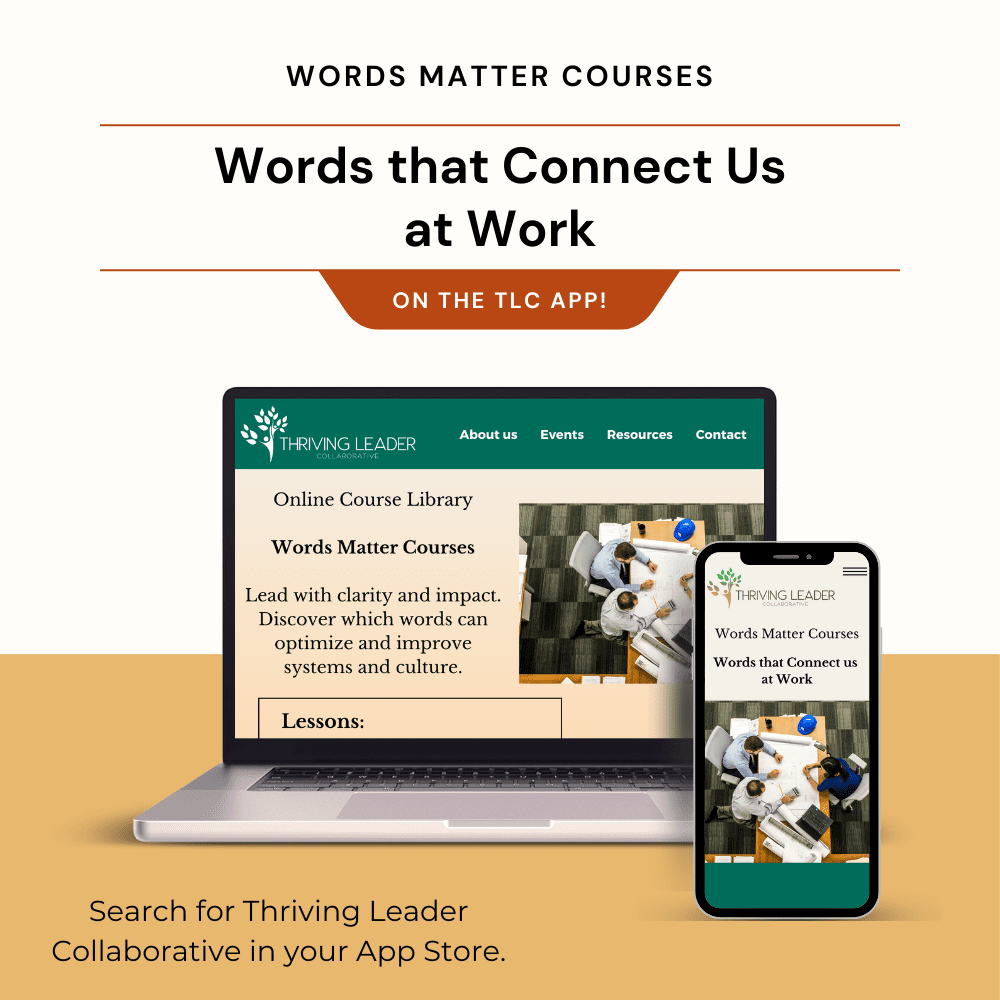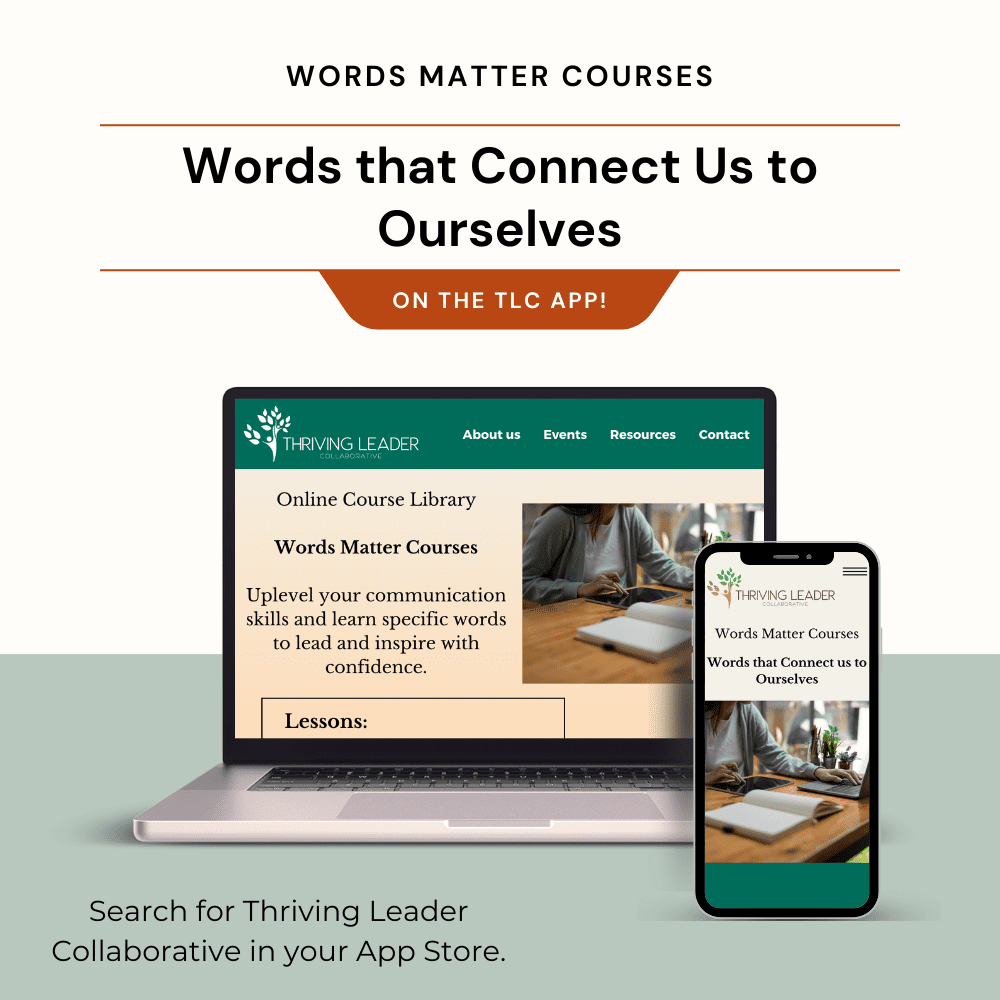Identify How Communication Flows in Your Workplace
By Terre Short
Communication is the lifeblood of any organization. Like water, communication is dynamic and essential. Utilizing water as a metaphor can help illustrate how communication flows and impacts organizations and employee engagement. Communication should be fluid, adapting to the needs of various teams and individuals. Wise managers tailor their communication style and message to resonate with employee preferences. Verbal updates may excite some staff while others prefer emails they can reference later. How does communication flow at your workplace?
Like water trickling down from a high elevation, vision and direction to employees is effective when consistently messaged by leaders. Town hall meetings, company-wide emails, and organization-level videos allow executives to share the big picture. This high-level communication passes down through middle managers and supervisors who translate it into actionable steps for their direct reports. This trickle-down ensures everyone is working towards the same goals.
At times water churns in rapids, funneling quickly through narrow spaces. Communication can also surge unexpectedly, requiring leaders to have clear contingency plans to funnel key information rapidly through emergency drills, mass text alerts and brief all-hands meetings. By quickly conveying need-to-know updates in a compressed timeframe, leaders can maintain employee alignment despite sudden changes. In the absence of transparent information being shared in this manner, gossip and conjecture can fill the void.
Small cracks and fissures slowly fill with water. Communication needs to penetrate all facets of an organization, moving into metaphorical cracks where misalignment and confusion can lurk. Skip-level meetings, cross-functional committees and digital employee communities (e.g. Slack) provide venues for information sharing across silos. Two-way communication channels allow concerns and questions to surface quickly. By proactively filling communication gaps, leaders can stem the development of misperceptions (cracks) among employees.
The condensed water of a one-hundred-foot waterfall hits the next surface with a powerful impact. For transformation initiatives to take hold, leaders are wise to coalesce messaging before launching, or taking the plunge. Coordinated presentations create alignment for key points and maximize the impact of any organization-wide communication.
While too much water can be destructive in a flood, lack of water causes droughts. Similarly, over communicating or under communicating can both have detrimental impacts. Leaders need to monitor and modulate their communication flow to avoid overwhelming employees with a flood of details. They are also responsible for regular communication that nourishes staff productivity and doesn’t dry up. With conscious monitoring, leaders can achieve a communication equilibrium that sustains employee engagement and performance. The best way to know you have struck the right balance is to ask!
Research shows that organizations that communicate effectively have higher levels of employee engagement and satisfaction. Gallup has found that only 3 in 10 employees strongly agree their leadership communicates effectively. There is ample opportunity to improve outcomes through communication that flows well. As the Gallup report suggests, leaders may need to “chunk” information into what is digestible. (MCLAIN, 2022) Here are six ways leaders can optimize communication for maximum impact:
- Tailor the delivery mechanisms to maximize reach and effectiveness with each employee.
- Build in redundancies on critical messaging through multiple channels like email, intranet, team meetings, one-on-ones, etc.
- Solicit frequent feedback via pulse surveys to gauge communication gaps and areas for improvement.
- Cascade vision and values messaging through coordinated executive and manager communications.
- Provide communication skill building resources and training to better equip managers.
- Dedicate time in meetings for open discussion and employee questions.
Assess and optimize your communication flow. With fluid, adaptable communication focused on consistent messaging, leaders can drive higher engagement, alignment and performance. Like water nurturing everything it touches, strong organizational communication promotes growth, wellbeing, and results.
Thank you for indulging my water metaphor. We look forward to hearing how you improve communication in your organization!
References
MCLAIN, D. (2022, February 11). Retrieved from Gallup: https://www.gallup.com/workplace/389594/leaders-communicate-change-burned-workforce.aspx








